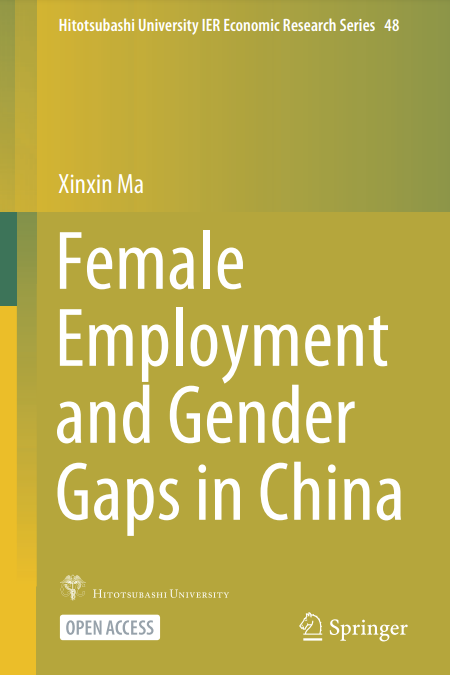Female Employment and Gender Gaps in China
Editorial: Springer Nature
Licencia: Creative Commons (by-nc-nd)
Autor(es): Ma, Xinxin
The level of economic development, economic policies and systems have been transformed since 1949 when the People’s Republic of China was established. Economic historians usually divide the Chinese economy into the planned economy period (1949–1977), and the market-oriented economy reform period (post-1978) (also be called as “transition period”). In the period of planned economy, with the “socialism campion”, the ownership of whole firms was changed into the government owned including the state-owned enterprises (SOEs), and collectively owned enterprises (COEs). In other words, only public sector maintained in the planned economy period in China. Based on the socialism ideology, Chinese government emphasized gender equality as an important socialist ideology, and the government enforced it thoroughly by implementing equal employment policies and policies to promote women’s labor participation, as demonstrated by the slogan “women can hold up half of the sky”. Therefore, the gender gap in employment, wages, and occupation
was much smaller in that era (Meng 2000; Gustafsson and Li 2000; Li and Song
2013; Ma 2018.
[2021]
Compartir:
Una vez que el usuario haya visto al menos un documento, este fragmento será visible.


